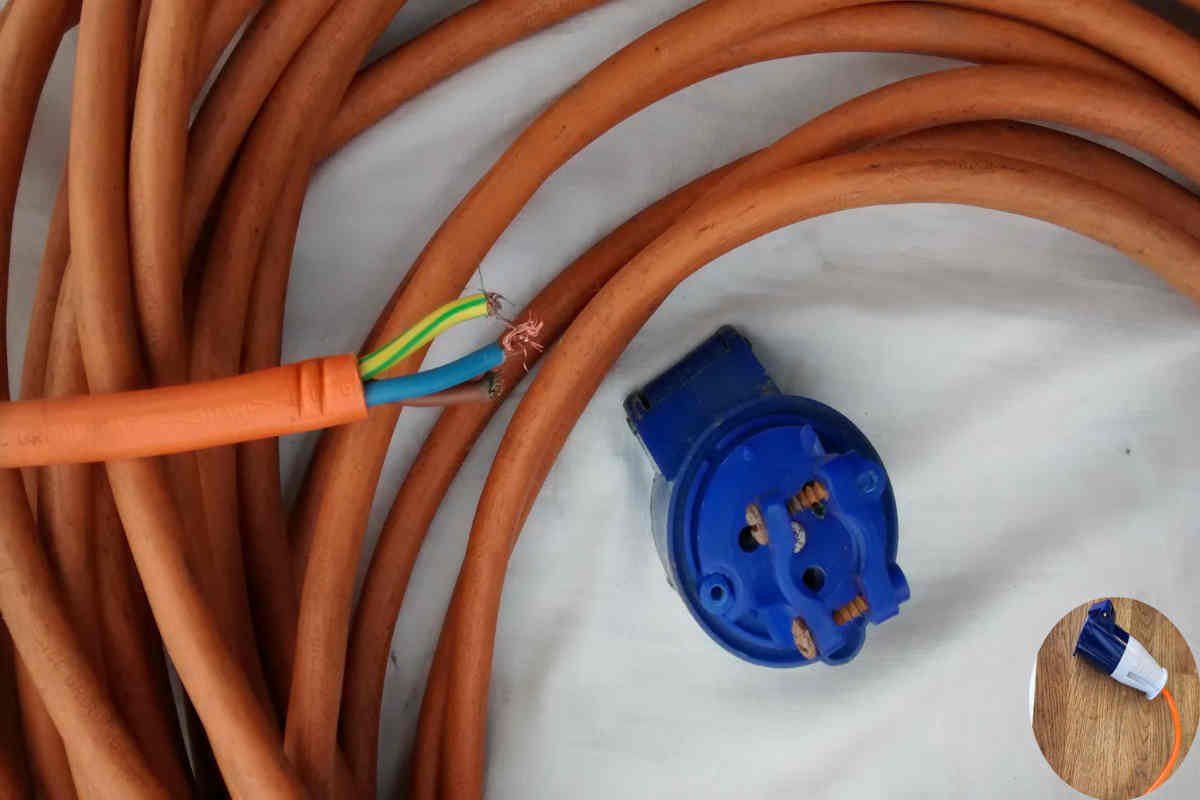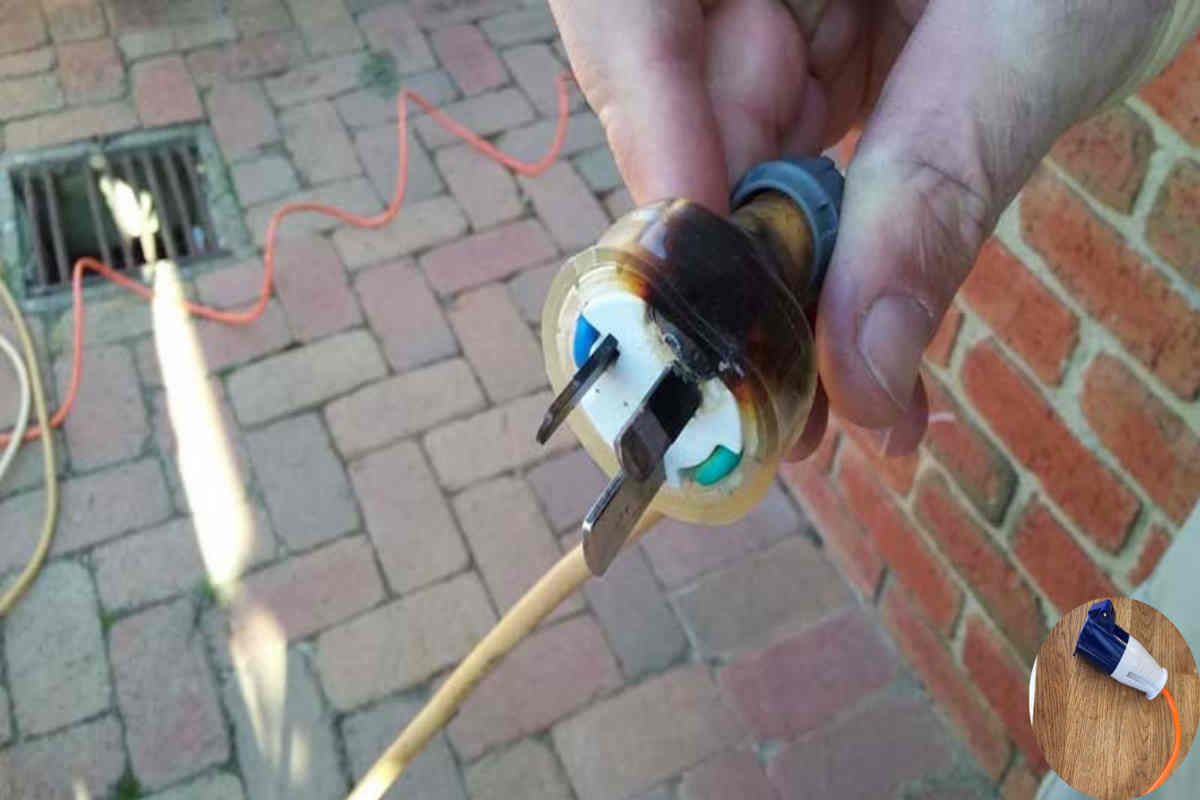Plugging your caravan into your house mains supply can seem like a convenient solution for powering appliances, charging batteries, or keeping systems running during storage. However, while it is technically possible and commonly done, there are important safety considerations and legal requirements you must understand before connecting your caravan to your home’s electrical system. Using the wrong equipment, improper connections, or ignoring key safety steps can increase the risk of electric shock, fire, or damage to your caravan’s electrical system. This guide explains the essentials you need to know to connect your caravan safely and highlights best practices to minimize risks and comply with regulations.
The potential risks and dangers of improper electrical connection
Improper electrical connections when plugging your caravan into house mains can lead to serious hazards. Electrical fires are a major risk.Faulty wiring, overloaded circuits, or incorrect voltage can ignite flames with devastating consequences.
If the caravan’s wiring isn’t compatible with domestic power systems, it creates a shocking situation that could harm anyone who comes into contact with it.
A surge of power can overwhelm devices not designed for such input, leading to costly repairs or replacements.
Improper grounding increases risks significantly. Without proper grounding techniques in place, stray currents could pose life-threatening dangers while you’re trying to enjoy your time away from home. Always prioritize safety and ensure all connections meet regulatory standards before using house mains power for your caravan.
Safety precautions and tips for plugging in your caravan
Before plugging your caravan into house mains, always check the electrical system. Maintain everything in good condition..
Use a suitable adapter designed for caravans. This will help prevent any damage to either the caravan or your home’s electrical supply.
Make sure your extension lead is rated for outdoor use if necessary. It should be long enough to reach from the power outlet to your caravan without straining connections.
Avoid overloading circuits by only using essential appliances at once. Keep an eye on how much power you’re consuming; this helps maintain safety.
Regularly inspect all cables for wear and damage. Replacing frayed wires can save you from potential hazards down the line.
Consider installing a surge protector between your mains supply and caravan systems to combat voltage spikes effectively.
You may also read (how long can you stay in a habitat for humanity house).
Understanding the different types of electrical connections for caravans
Caravans typically use various electrical connections, each suited for specific needs. Understanding these can ensure a seamless experience while powering your home away from home.
One common type is the standard 240V connection. This plugs directly into household mains power and provides ample electricity for lights, appliances, and more. It’s convenient but requires careful handling to avoid hazards.
This adds an extra layer of safety by cutting off power in case of a fault, preventing electric shocks or fires.
Solar panels have gained popularity too. They harness sunlight to charge batteries and run essential appliances without relying on grid power.
There are generator connections for those who prefer flexibility when camping off-grid. Each connection type has its benefits; understanding them helps you choose what’s best for your caravan adventures.
Steps to properly plug in your caravan to house mains
Before plugging in your caravan, ensure you have the right equipment. A quality hook-up cable is essential. Check its length and condition for safety.
Locate the power supply at your home. You’ll need an outdoor socket or a dedicated circuit to avoid overloading household circuits.
Begin by turning off any appliances in your caravan. This prevents sudden surges when connecting to mains power.
Connect one end of the hook-up cable to your caravan’s input port, ensuring it’s securely fastened. Then connect the other end into the house mains socket.
Once everything is plugged in, switch on the main supply from your house first before powering up systems inside your caravan.
Regularly check for any signs of wear or damage on cables after use to maintain safety standards moving forward.
Alternative options for powering your caravan while at home
If you’re looking for alternatives to plugging your caravan into house mains, there are several options worth considering. Portable generators are an easy solution. These can provide sufficient power for most appliances and ensure you have the necessary energy without risking electrical hazards.
Solar panels are another popular choice among caravan owners. They harness sunlight to generate electricity, making them an eco-friendly option while also saving you money on energy costs in the long run.
Battery packs offer a convenient way to power devices while parked at home. They can store electricity that you’ve generated through solar or even from your household supply during off-peak hours, giving you flexibility and independence.
If you frequently use your caravan at home, it might be worthwhile investing in a dedicated RV hookup system installed by a professional electrician. This ensures safety and compliance with local regulations.
No matter which option you choose, it’s essential to prioritize safety and efficiency when powering your caravan at home.
You may also read (electric).

